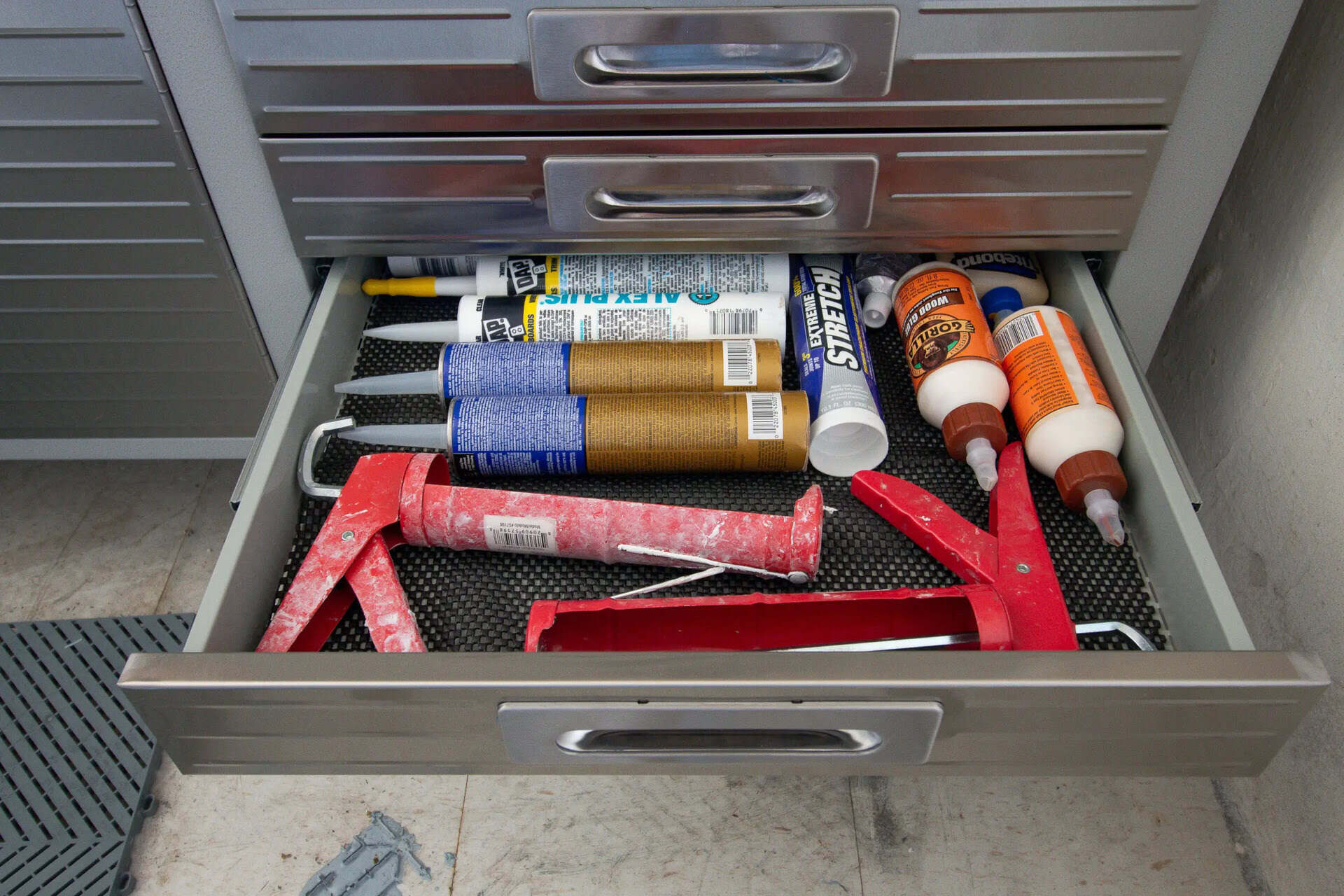

Articles
Tips And Tricks For Proper Caulk Storage
Modified: August 16, 2024
Learn how to properly store caulking with these informative articles. Keep your caulking fresh and ready for your next project!
(Many of the links in this article redirect to a specific reviewed product. Your purchase of these products through affiliate links helps to generate commission for Storables.com, at no extra cost. Learn more)
Introduction
When it comes to home improvement projects, caulking is an essential step that helps seal gaps and prevent air and moisture from entering or escaping. Whether you’re caulking around windows, doors, or other areas, it’s important to have a reliable and properly stored caulk product to ensure its effectiveness.
Properly storing caulking not only helps maintain its quality and extend its shelf life but also makes it easier to use in future projects. In this article, we will discuss the importance of proper caulk storage and provide helpful tips on how to store caulking tubes, opened caulking tubes, caulking guns, and other related accessories.
By following these guidelines, you can maximize the lifespan of your caulking products and ensure they are ready for use when you need them most.
Key Takeaways:
- Properly storing caulking products is crucial for maintaining their quality, effectiveness, and longevity. By following the outlined guidelines, you can ensure that your caulking tubes, guns, and accessories remain in optimal condition for future use.
- Choosing the right storage location, preparing caulking tubes, and implementing best practices for storing opened tubes and caulking guns are essential for preventing waste, saving time and money, and ensuring readily accessible caulking products.
Importance of Proper Caulking Storage
Proper caulk storage is crucial for maintaining the quality and effectiveness of the product. When not stored correctly, caulking can dry out, become thick or clumpy, and ultimately lose its ability to form a tight seal. Here are a few reasons why proper caulk storage is important:
- Prolongs Shelf Life: Caulk products typically have a recommended shelf life, usually indicated on the packaging. By storing them properly, you can extend their lifespan and avoid the need for frequent replacement.
- Preserves Consistency: Proper storage helps prevent caulk from drying out or becoming too thick. This ensures that the caulk maintains a smooth consistency, making it easier to apply and ensuring a reliable seal.
- Ensures Optimal Performance: Keeping caulking in its optimal condition allows it to perform its intended function effectively. This means that the caulk will create a tight, durable seal that prevents air and moisture infiltration, ultimately enhancing the energy efficiency and structural integrity of your home or project.
- Saves Time and Money: When caulk dries out or becomes unusable due to improper storage, you’ll have to discard it and purchase new tubes. By storing caulking correctly, you can avoid unnecessary waste and added expenses.
- Allows for Immediate Use: Having properly stored caulk on hand means that you’re prepared for unexpected touch-ups or repairs. You won’t have to rush to the store or wait for new caulk to arrive.
Now that we understand the importance of proper caulk storage, let’s delve into some key considerations for choosing an appropriate storage location.
Choosing the Right Storage Location
When selecting a storage location for your caulking, there are a few factors to keep in mind to ensure optimal conditions for keeping the caulk in its best condition:
- Temperature: Caulk is sensitive to extreme temperatures. It’s best to store it in a location where the temperature remains relatively stable, ideally between 50 to 80 degrees Fahrenheit (10 to 27 degrees Celsius). Avoid storing caulk in areas that experience extreme heat or cold, such as garages or outdoor sheds.
- Humidity: High humidity can cause condensation to form inside caulking tubes, leading to a compromised seal. Choose a storage area with low humidity levels, such as a climate-controlled room or a dry basement, to prevent moisture buildup.
- Light Exposure: Caulking is sensitive to UV light, which can cause it to degrade over time. Select a storage area that is away from direct sunlight or install light-blocking containers or shelves to protect the caulking from prolonged exposure to light.
- Accessibility: It’s essential to choose a storage location that is easily accessible. This makes it convenient to grab caulk when needed and ensures that you can easily check the condition of stored tubes.
- Organization: Keeping your caulk storage area organized helps you quickly find the specific product you need. Consider using bins or shelves to separate different types of caulk or label them accordingly.
By considering these factors, you can select an appropriate storage location that provides the best conditions for your caulking products. Now let’s move on to preparing caulking tubes for storage.
Preparing Caulking Tubes for Storage
Before storing caulking tubes, it’s essential to properly prepare them to ensure their longevity and usability. Follow these steps to prepare caulking tubes for storage:
- Clean the Nozzle: Use a clean cloth or paper towel to wipe off any excess caulk from the nozzle. This prevents dried caulk from clogging the nozzle and allows for a smooth flow when you’re ready to use the caulk in the future.
- Remove Air Bubble: Squeeze the tube gently to push out any trapped air bubbles. This helps prevent the caulk from drying out and ensures a consistent texture when you’re ready to use it again.
- Seal the Tube: Most caulking tubes come with a cap or seal. Make sure to replace the cap tightly to create an airtight seal. This prevents air from entering the tube and causing the caulk to dry out prematurely.
- Label the Tube: If you have multiple tubes of caulk, it’s helpful to label them with the date of storage or any specific information, such as color or type of caulk. This makes it easier to identify and use the correct tube when needed, especially if you have different types of caulk stored together.
By following these preparation steps, you can ensure that your caulking tubes are ready for storage and maintain their quality over time. Now let’s explore the best practices for storing caulking tubes.
Storing Caulking Tubes
Proper storage of caulking tubes is essential for preserving their quality and extending their shelf life. Follow these tips to ensure that your caulking tubes remain in optimal condition:
- Vertical Storage: Store caulking tubes in an upright position. This helps prevent air bubbles from forming and allows for easier dispensing when you’re ready to use the caulk.
- Use a Storage Container: Consider using a designated storage container to hold your caulking tubes. This helps keep them organized and protects them from exposure to light and moisture. Choose a container that is large enough to accommodate your tubes and has dividers or compartments to prevent them from rolling or touching each other.
- Avoid Extreme Temperatures: Keep your caulking tubes in a temperature-controlled environment. Extreme temperatures, whether too hot or too cold, can affect the consistency and quality of the caulk. Avoid storing tubes in areas that are exposed to direct sunlight, near heating sources, or in freezing conditions.
- Check Expiration Dates: Before storing caulking tubes, check the expiration dates indicated on the packaging. If the caulk has exceeded its shelf life, it’s best to dispose of it. This ensures that you’re only storing and using caulk that is still in its optimal condition.
- Create an Inventory: Keep a list or inventory of the caulk products you have stored. Include details such as the type, color, and expiration date. This helps you keep track of your inventory and ensures that you’re using the oldest tubes first.
By following these guidelines, you can maintain the quality and effectiveness of your caulking tubes, ensuring that they are ready for use when you need them. Next, let’s explore the best practices for storing opened caulking tubes.
Store caulking in a cool, dry place away from direct sunlight and extreme temperatures. Make sure the cap is tightly sealed to prevent drying out. Keep it out of reach of children and pets.
Storing Opened Caulking Tubes
Properly storing opened caulking tubes is crucial to prevent the caulk from drying out and becoming unusable. Follow these tips to ensure that your opened caulking tubes remain in good condition:
- Seal the Tube: After using the caulk, clean the nozzle and replace the cap tightly to create an airtight seal. This prevents air from entering the tube and drying out the remaining caulk.
- Store Upside Down: To further prevent the caulk from drying out, store opened tubes upside down. This helps create pressure on the seal, reducing air exposure and prolonging the life of the caulk.
- Use a Sealant: If your caulk tube didn’t come with a reusable cap, consider investing in a caulk-specific sealant. These sealants, available at most hardware stores, can be applied to the opened tube’s nozzle to create an airtight seal.
- Protect from Freezing: If you live in an area with freezing temperatures, ensure that your opened caulking tubes are stored in a location that won’t freeze. The freezing temperatures can cause the caulk to expand and become unusable.
- Rotate Tubes Regularly: If you have multiple opened caulking tubes, try to rotate their usage. This ensures that all tubes are used within their recommended shelf life, preventing any of them from drying out or becoming too thick.
By following these practices, you can prolong the usability of your opened caulking tubes and avoid wastage. Now let’s explore how to store caulking guns.
Storing Caulking Guns
Proper storage of caulking guns is essential to maintain their functionality and prevent damage. Follow these tips to ensure that your caulking guns are stored properly:
- Clean the Gun: Before storing your caulking gun, thoroughly clean it to remove any excess caulk or debris. Use a damp cloth or paper towel to wipe down the gun, ensuring that it is free from any sticky residue.
- Release Pressure: If your caulking gun has a pressure release mechanism, use it to relieve any built-up pressure in the gun. This helps keep the gun in good working condition and prevents unintended caulk discharge when you next use it.
- Protect the Gun: Consider using a protective case or cover to shield your caulking gun from dust, moisture, and potential damage. This helps prolong its lifespan and ensures that it is always in working order when you need it.
- Hang or Store Upright: Store your caulking gun in an upright position or hang it on a designated hook. This prevents the gun from being accidentally knocked over or damaged and keeps it easily accessible for future use.
- Keep in a Dry Area: It’s important to store your caulking gun in a dry area to avoid moisture buildup, which can lead to rust and damage. Avoid storing the gun in damp basements or areas prone to high humidity.
By following these guidelines, you can ensure that your caulking gun remains in good condition, ready to tackle your next home improvement project. Next, let’s discuss the storage of caulking nozzles and caps.
Storing Caulking Nozzles and Caps
Properly storing your caulking nozzles and caps ensures that they remain in good condition and are readily available when you need them. Follow these tips to store your caulking nozzles and caps effectively:
- Clean and Dry: Before storing your caulking nozzles and caps, make sure they are clean and dry. Wipe off any excess caulk and allow them to air dry thoroughly. This prevents any leftover caulk from hardening and clogging the nozzles or caps.
- Keep Them Together: Store your caulking nozzles and caps together to avoid misplacement and ensure they are easily accessible. You can place them in a labeled container, small resealable bag, or even attach them to the caulk tube itself using a rubber band or clip.
- Protect from Damage: To prevent damage and maintain the integrity of the nozzles and caps, store them in a location where they won’t get crushed or bent. Consider using a small storage box or compartment to keep them safe and organized.
- Label Different Sizes and Types: If you have multiple sizes or types of nozzles or caps, label them accordingly. This will help you quickly identify the right nozzle or cap for your specific caulk tube, saving you time and frustration.
- Check for Compatibility: Different caulk tubes may require specific nozzles or caps. Make sure to store only the ones that are compatible with the caulk tubes you have. This ensures a proper fit and airtight seal when you use them in the future.
By following these storage tips, you can keep your caulking nozzles and caps in good condition and readily available for your next caulking project. Now, let’s explore some additional tips for extending the shelf life of your caulking products.
Tips for Extending Caulking Shelf Life
To maximize the shelf life of your caulking products and ensure their effectiveness, consider implementing the following tips:
- Store Unopened Caulking Tubes Properly: Before opening caulking tubes, store them in a cool, dry place away from direct sunlight and extreme temperatures. This helps preserve the caulk’s consistency and extends its shelf life.
- Use Caulk Preservation Products: There are products available, such as caulk savers or sealant caps, that create an airtight seal on opened caulk tubes to prevent drying out. Consider investing in these tools to extend the shelf life of your opened tubes.
- Rotate Stock: When purchasing new caulk tubes, use the oldest ones first before starting on the new ones. This way, you can prevent older tubes from expiring and ensure that you’re using the freshest caulking products.
- Avoid Squeezing Unopened Tubes: It’s important not to squeeze unopened tubes unnecessarily. This can introduce air into the tube, causing the caulk to dry out even before it’s used. Only apply pressure when you’re ready to use the caulk.
- Keep Tubes Sealed Tightly: After each use, seal the opening of the caulk tube tightly with the cap or a caulk-specific sealant. This helps prevent air from entering and drying out the caulk.
- Store in a Climate-Controlled Area: Extreme temperatures can degrade the quality of caulking products. Aim to store your caulking tubes and accessories in a temperature-controlled area, such as a closet or storage room.
- Check for Moisture Buildup: Regularly inspect your stored caulking tubes for any signs of moisture buildup or condensation. Moisture can compromise the quality of the caulk, so it’s important to identify and address any issues promptly.
- Dispose of Expired Caulk: If your caulk has passed its expiration date or shows signs of drying out or clumping, it’s best to dispose of it and replace it with fresh caulk. Using expired or compromised caulking products can lead to poor results and ineffective sealing.
By following these tips, you can extend the shelf life of your caulking products and ensure their reliability and effectiveness for future projects. Now, let’s conclude our discussion on storing caulk.
Conclusion
Properly storing caulking products is key to ensuring their quality, effectiveness, and longevity. By following the guidelines outlined in this article, you can extend the shelf life of your caulking tubes, maintain their consistency, and prevent them from drying out or becoming clumpy. Additionally, storing caulking guns, nozzles, and caps correctly helps preserve their functionality and accessibility for future use.
Choosing the right storage location, maintaining optimal temperature and humidity levels, and protecting caulking products from light exposure are crucial considerations. Preparing caulking tubes before storage by cleaning the nozzles, removing air bubbles, and sealing the tubes with caps contributes to their preservation. Storing opened tubes upside down, using sealants, and rotating stock helps prevent drying out, while properly storing caulking guns prevents damage and ensures they are ready for use.
By implementing these storage practices, you can prevent unnecessary waste, save time and money, and have readily accessible caulking products whenever you need them. Remember to check expiration dates and dispose of any expired or compromised caulking products to maintain the effectiveness of your sealing projects.
So, whether you’re a DIY enthusiast, a professional contractor, or a homeowner looking to tackle home improvement projects, following proper caulking storage techniques will ensure that your caulking products remain in peak condition and continue to provide reliable sealing for years to come.
Frequently Asked Questions about Tips And Tricks For Proper Caulk Storage
Was this page helpful?
At Storables.com, we guarantee accurate and reliable information. Our content, validated by Expert Board Contributors, is crafted following stringent Editorial Policies. We're committed to providing you with well-researched, expert-backed insights for all your informational needs.

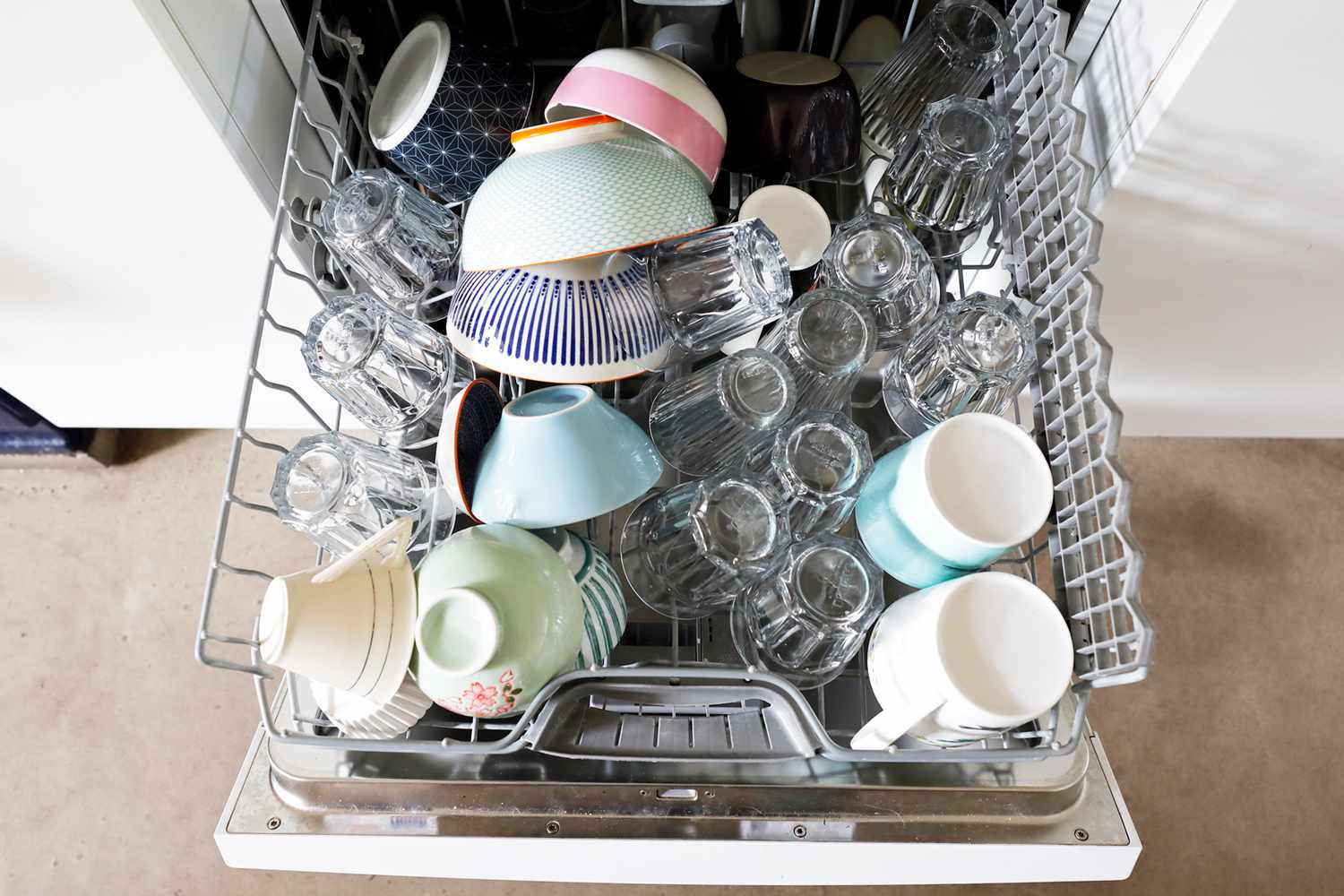
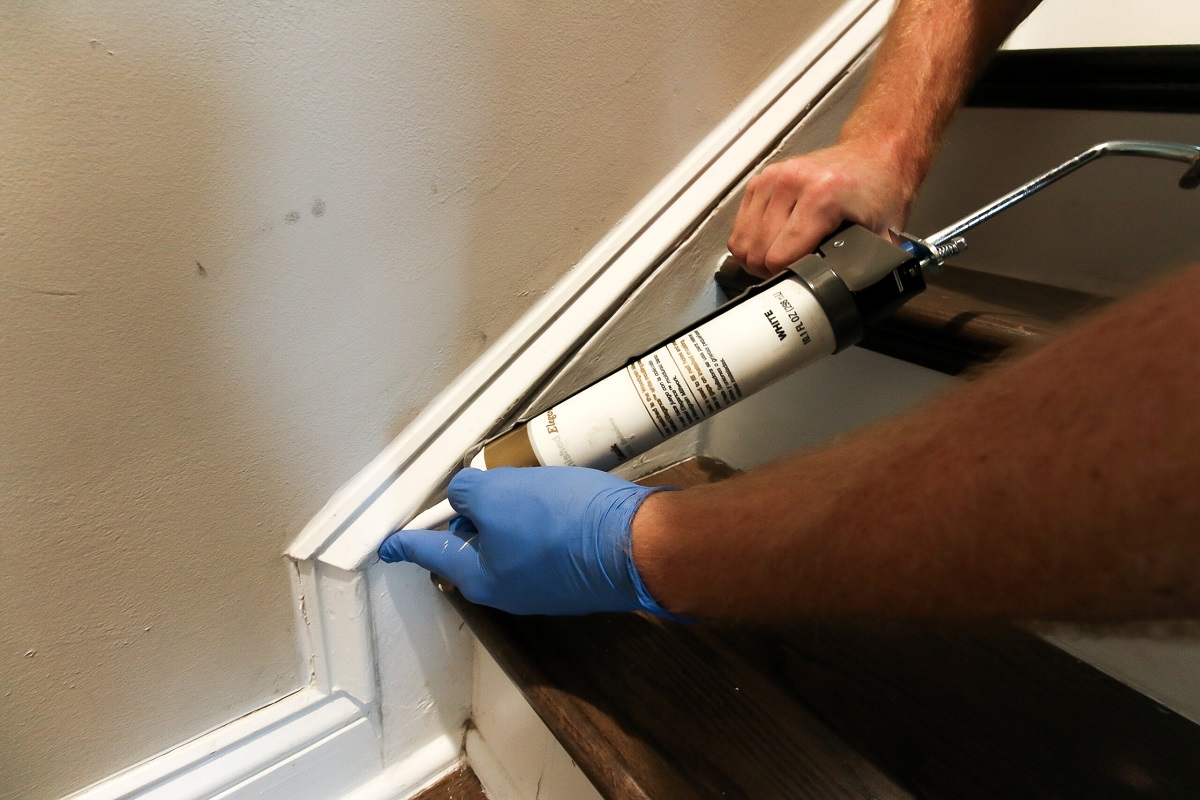
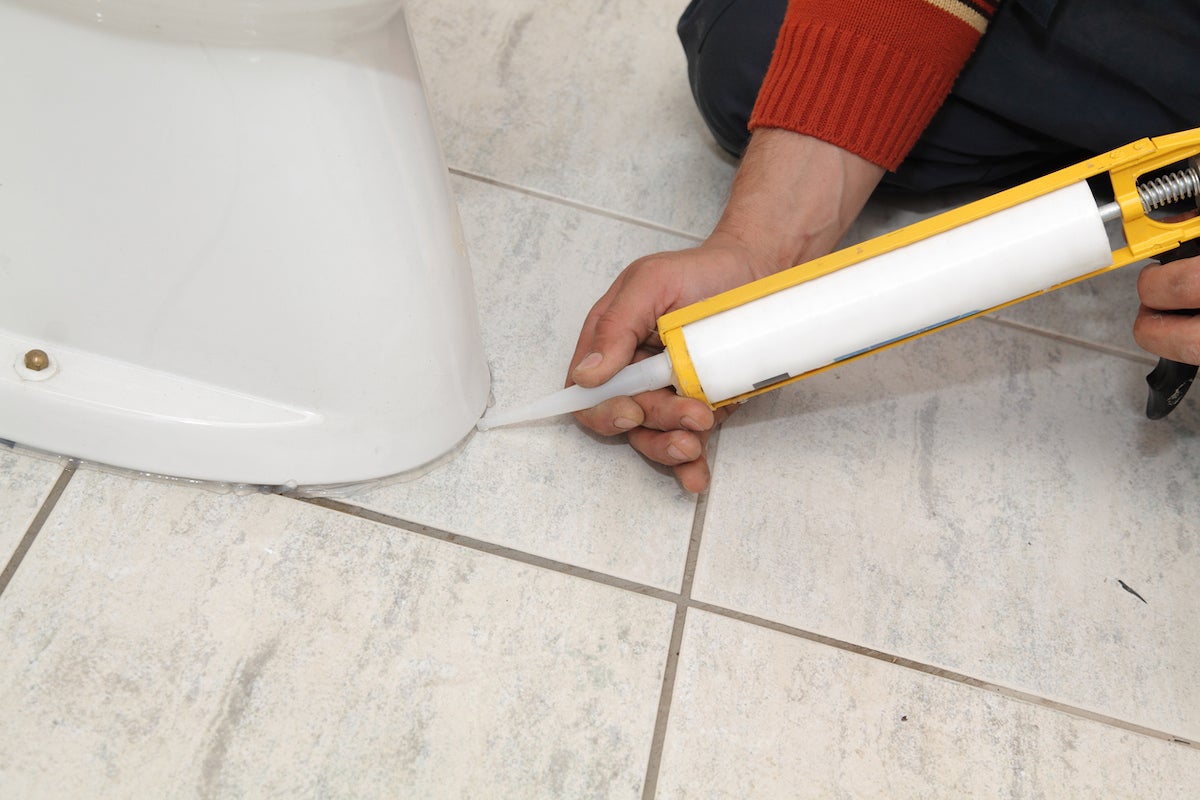
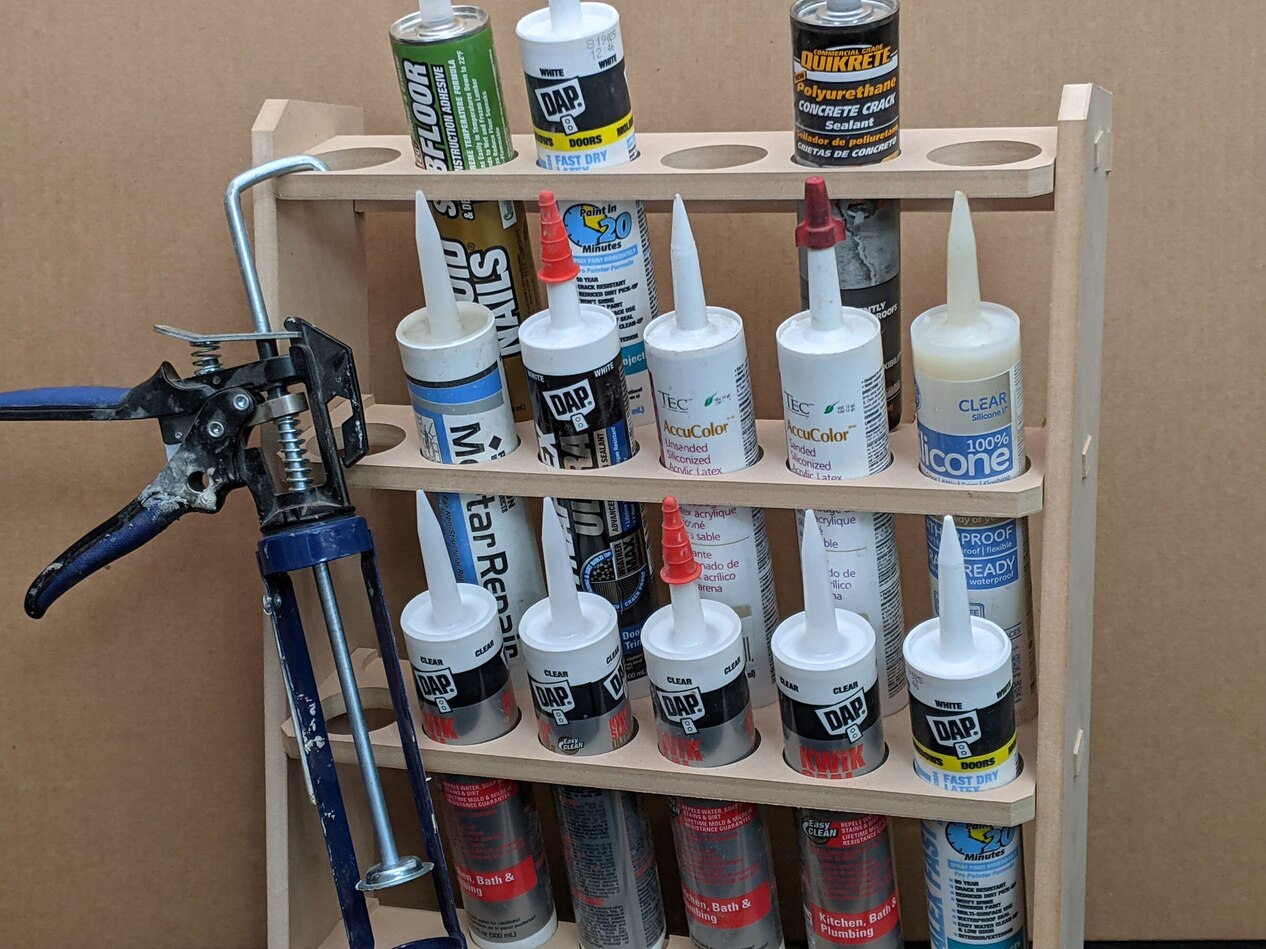
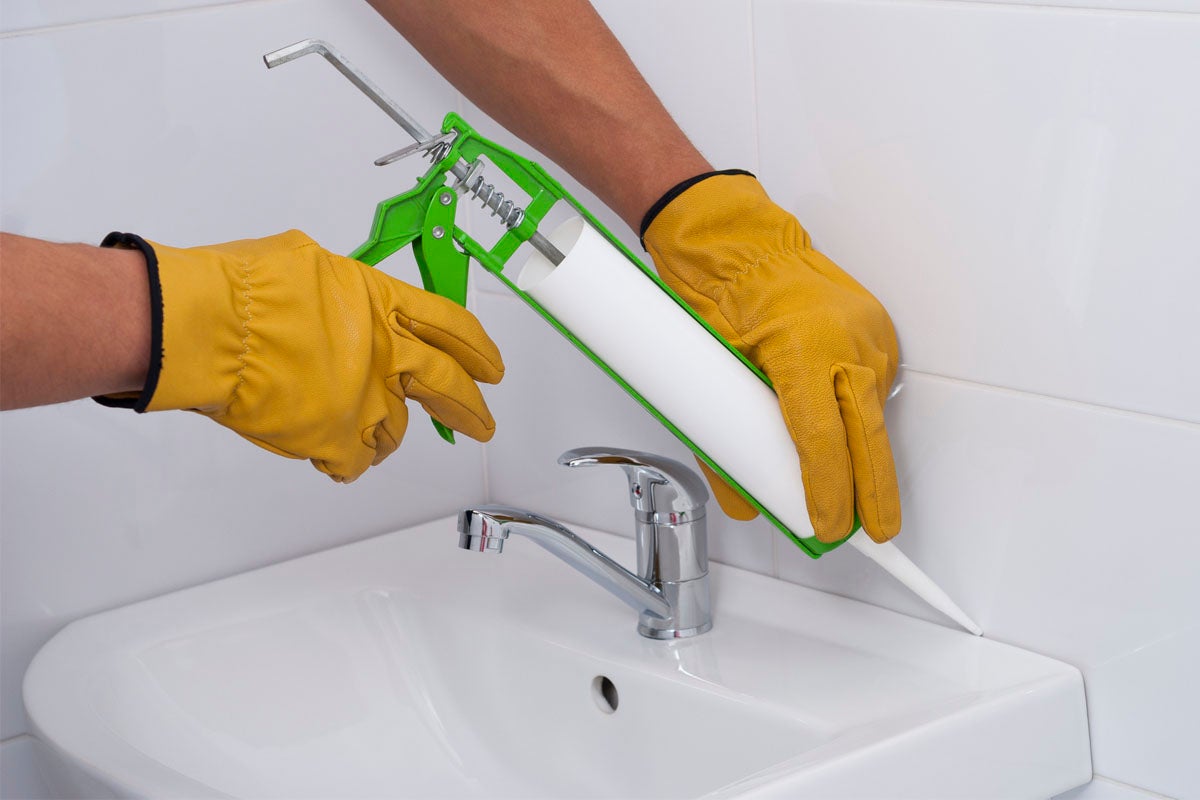

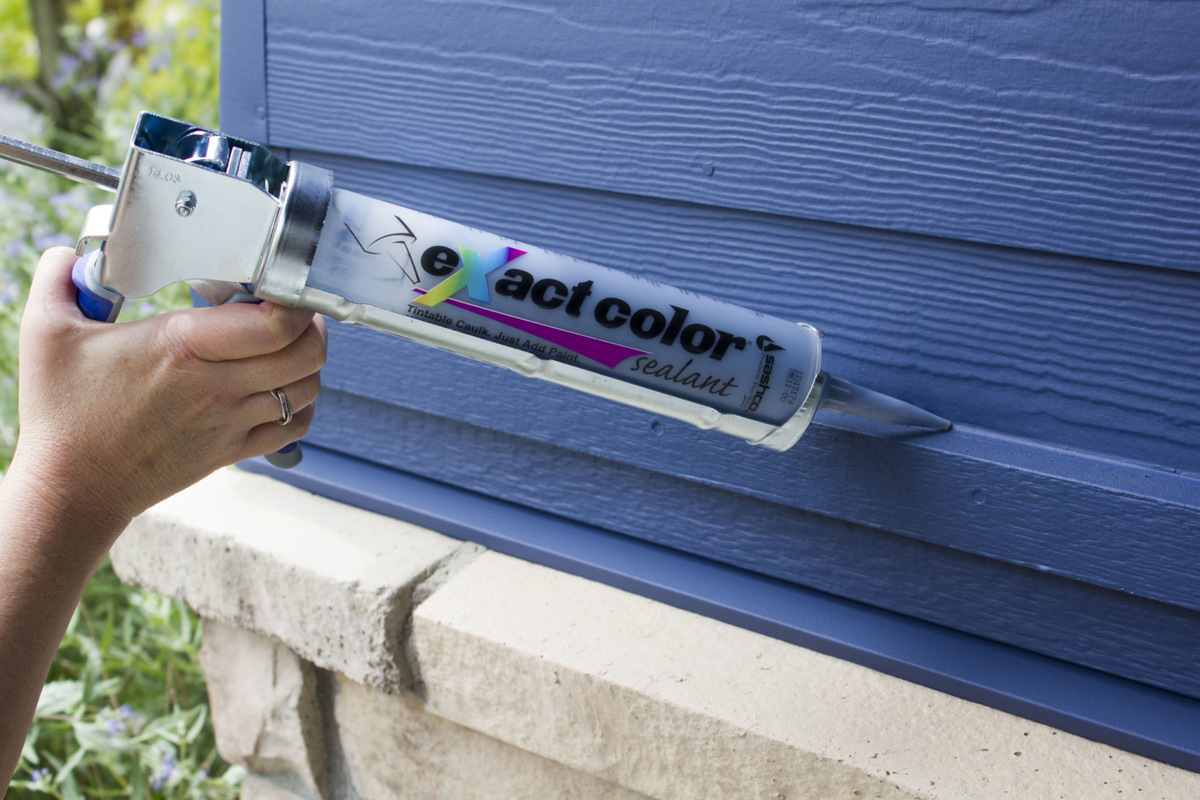
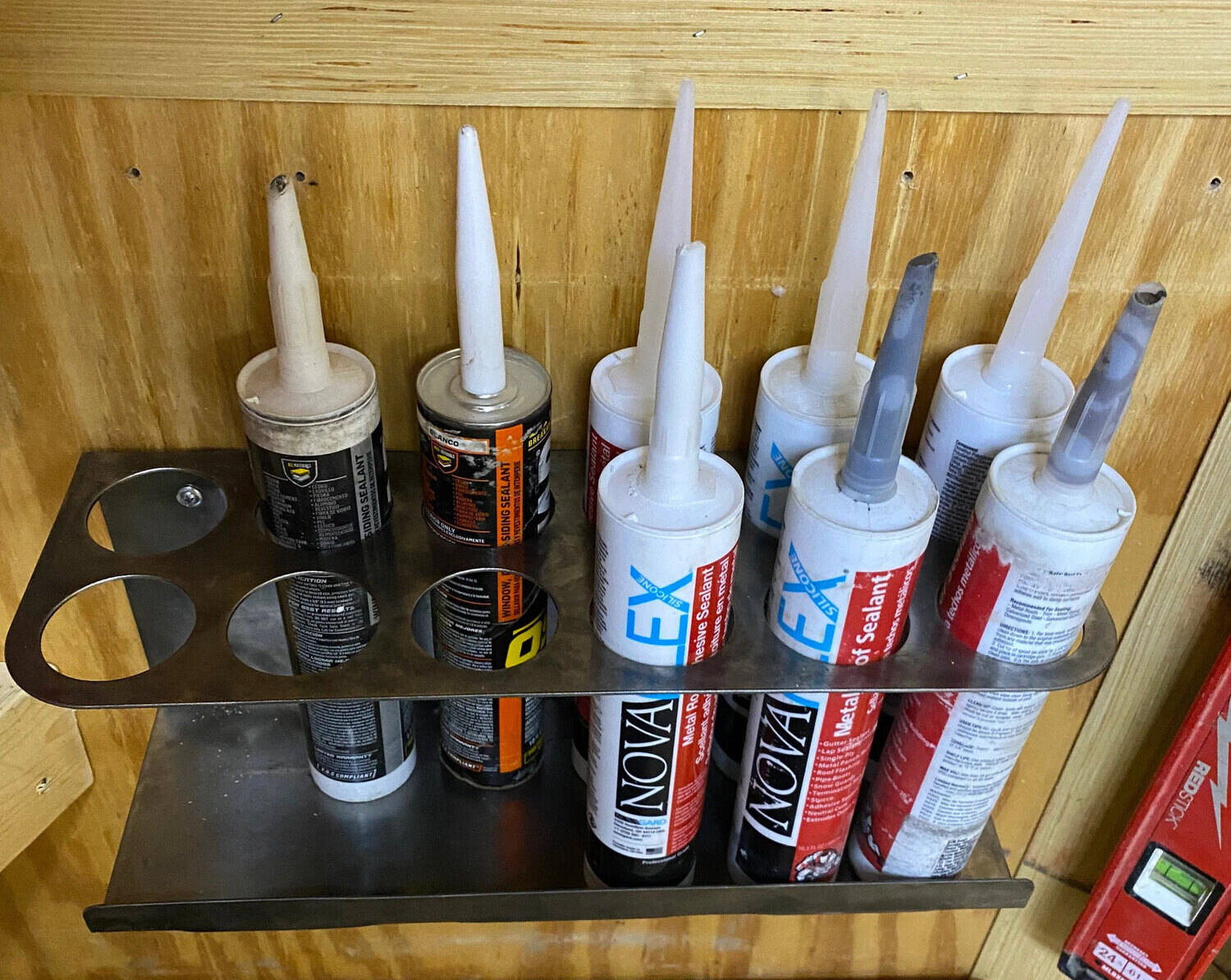
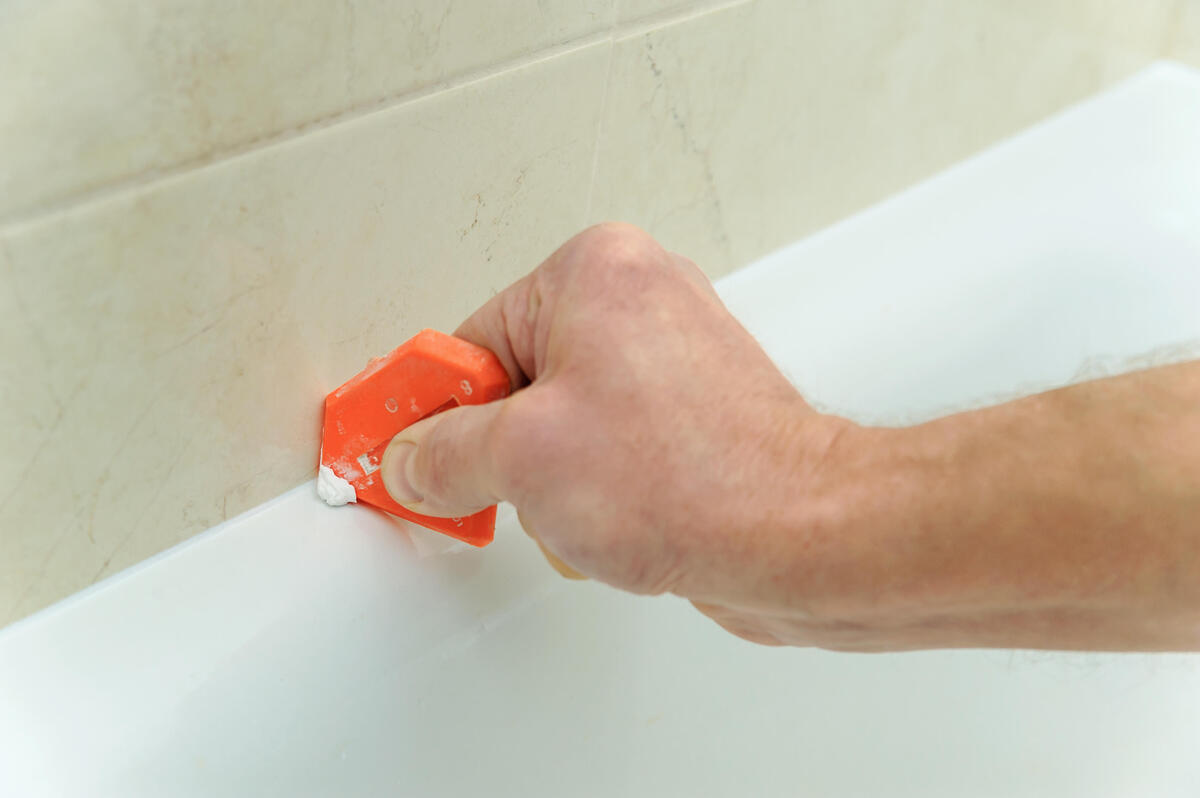
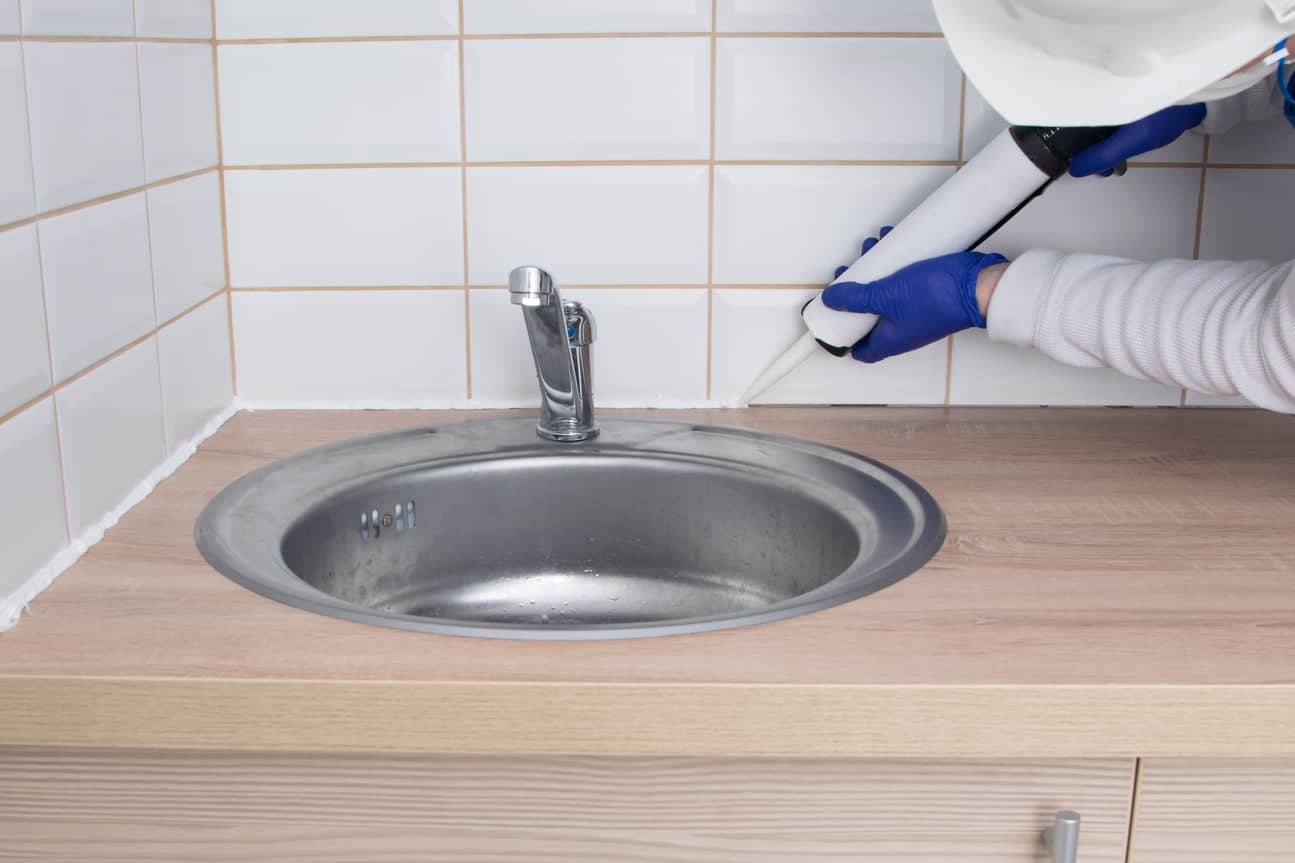
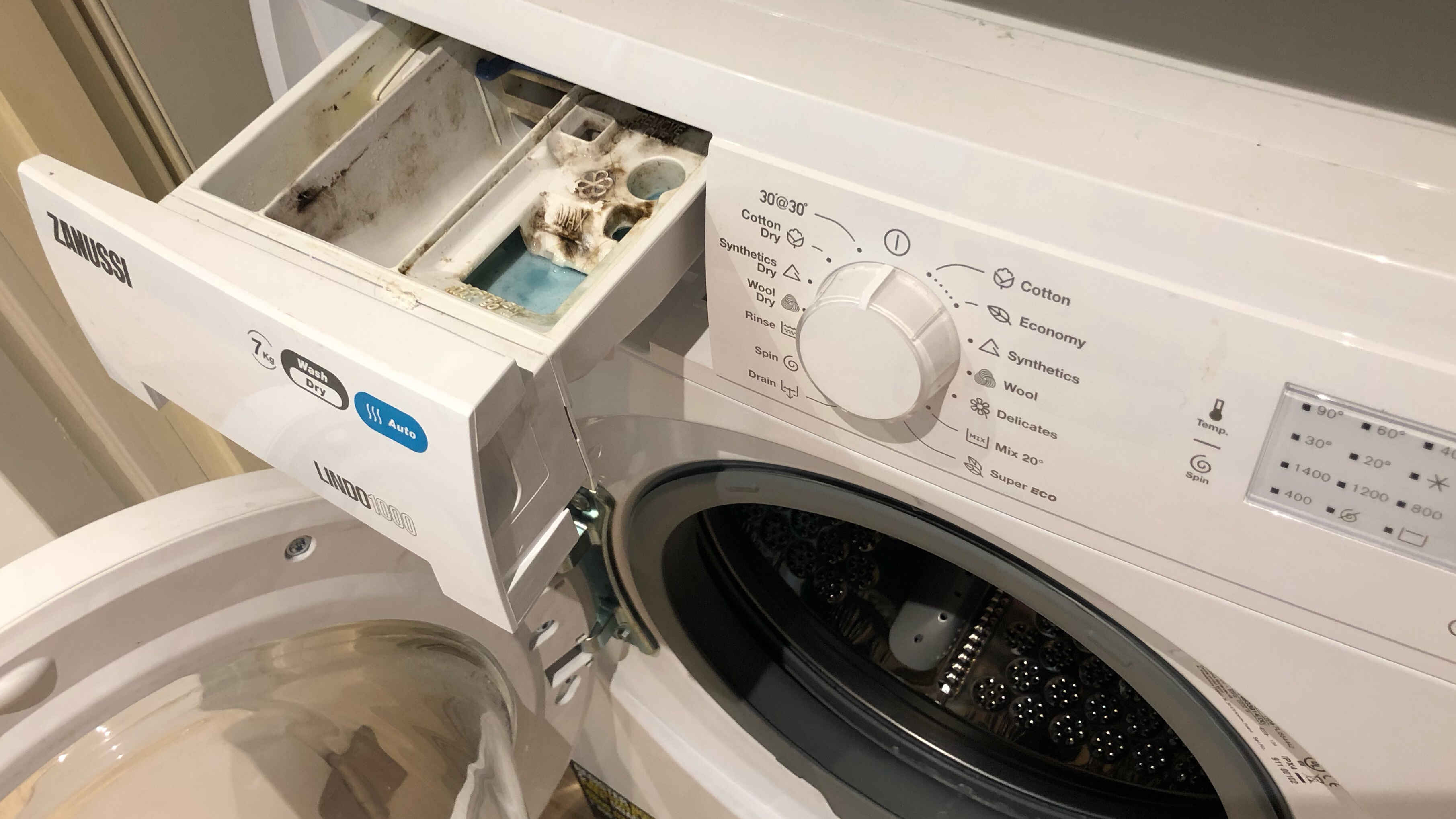
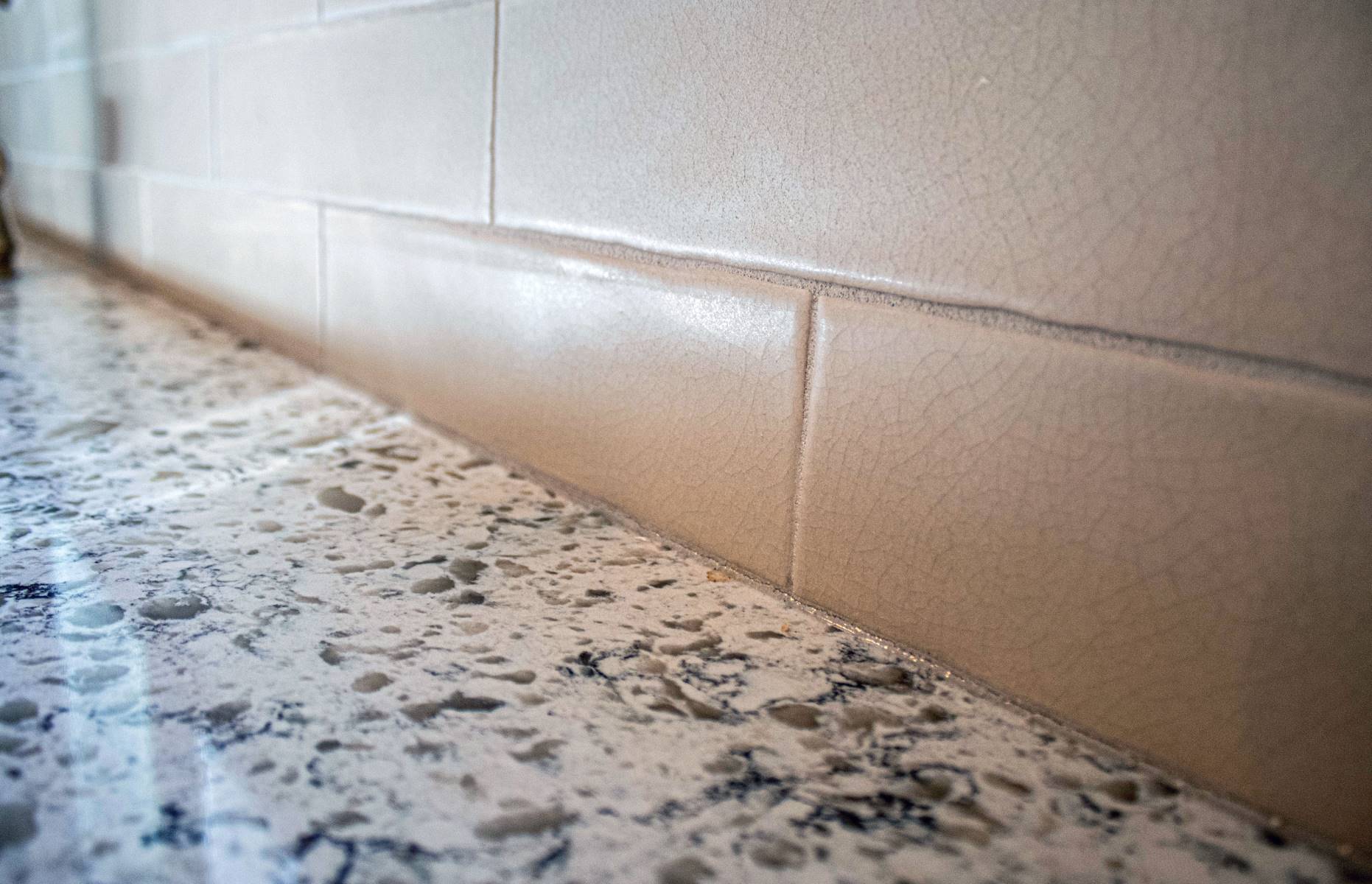

0 thoughts on “Tips And Tricks For Proper Caulk Storage”